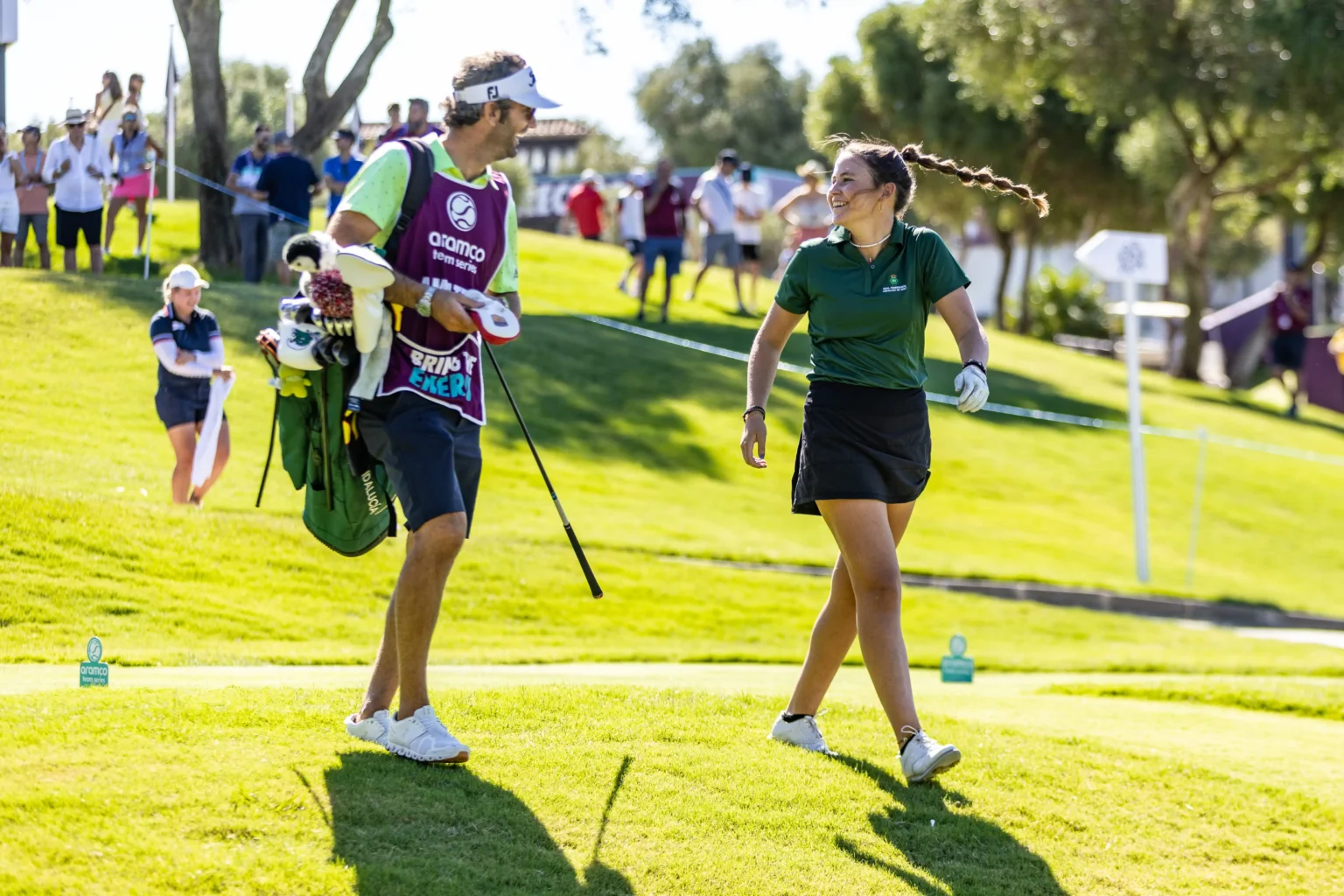
The Keys to Success During the College Sports Season
How to Have a Thriving Athletic Career Throughout University
From the moment you arrive to shaking hands at the end of your final match, a lot of work is required from you, your teammates, and your coaches to have a successful competitive season.
This article by Immie Cowper from Keystone Sports Germany provides insights on effectively preparing and performing during the college sports season in America, along with personal highlights from Lilly Stienemeier, a Keystone Sports tennis player and recent MSU Denver graduate.
The aim is to give you a clear understanding of the differences between in-season and out-of-season, and what it takes to end your competitive year successfully. While the focus is primarily on tennis, the principles for success apply across all college sports!
What Sports Are Played in What Seasons?
Every college sport has a main competitive season. Some, such as field hockey, football (soccer), and volleyball, are autumn sports, meaning their main competitive season runs from August to December.
On the other hand, sports like tennis, track & field, and golf have their competitive season in the spring, starting in January. For an easy overview, we have listed the largest college sports and their seasons by month below.
College Sports Seasons by Month
Autumn Season (August – December)
– Football (soccer)
– Volleyball
– Field Hockey
– American Football
– Cross Country
Winter Season (November – March)
– Swimming & Diving
– Indoor Track & Field
– Ice Hockey
– Basketball
– Wrestling
Spring Season (January – June)
– Tennis
– Golf
– Outdoor Track & Field- Baseball
– Softball
– Lacrosse
So, what happens in the other semester? Free time? Not quite! This is where the preparation happens. This period typically involves intense fitness, strength work, and on-court practice so that when your first match arrives, you are in the best shape possible.
College sports that compete in the autumn usually have athletes arrive at university earlier for pre-season since their matches start close to the beginning of the school year. For spring sports, preparation takes place throughout the autumn semester.
College Sports Season: The Difference Between Autumn and Spring
For college tennis, a key difference between the two semesters is that throughout the autumn. You still compete, but with an individual focus. Autumn schedules consist of a handful of invitational tournaments, each hosted at a university with many different schools participating. You’ll compete as an individual, and results will not go towards your university’s team’s ranking. However, this season also holds the opportunity to compete at the individual national championships.
Even though you are not in the main competitive season, it is still very important and crucial to the team’s success in the following semester. These months are key for personal development, match practice, and giving the coach a great idea of the line-up order and doubles pairings for the spring. The autumn season is also hugely important for team bonding so that when January arrives, you are ready to compete with unified goals and motivation.
During the spring season, college tennis teams will have 1-3 matches per week, both home and away. Every match completed will count towards your team’s ranking, which can determine your conference tournament position and national ranking, potentially gaining direct qualification to the national championships post-season. It is incredibly busy, and you’ll witness time fly before your eyes!
Lilly mentioned that some of her fondest memories have been during the competitive season and the sense of pride you have representing the school you are wearing:
“The university community and team you have joined and become immersed in, along with the logo on your chest, fills you with a fire and readiness to fight and battle to win every single time you step on the court.”
The college sport atmosphere is definitely one of a kind!
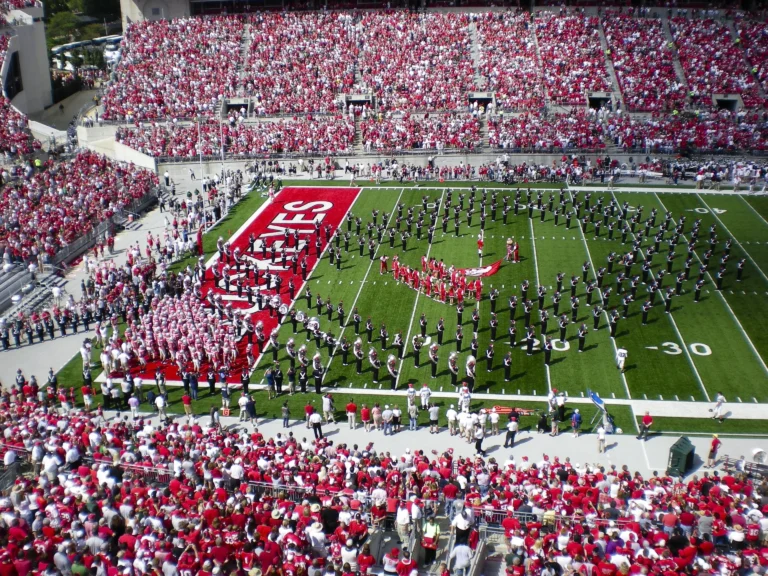
How to Balance Academics and Sports During the Season
Choosing the US College pathway and becoming a student-athlete means having responsibilities beyond just practice or matches. Academics are imperative to sporting success because if the baseline academic standards are not met, participation in competition can be withheld.
Being an athlete doesn’t give you a free ride to straight A’s (unfortunately!). Regardless of whether you are in the main competitive college sports season or not, you will always have exams, classes, and assignments to complete. Forming clear and honest relationships with your professors is key.
Professors are aware that university athletes may have to travel and miss classes due to match schedules. They want you to succeed in both the classroom and on the field. It can be beneficial to introduce yourself at the beginning of the semester and inform your professors about potential absences. They will often try to accommodate and work with you to find the best solution.
Long bus rides, flights, and nights away contribute to the challenge of staying on top of your classes. As a university athlete, you may find yourself writing class notes during a bus ride or preparing for an exam the night before a match. Lilly mentioned that whether you enter university with these skills or not, the student-athlete lifestyle forces you to be organized, plan ahead, and understand the necessity of good time management.
She explained: “College sport combined with being a student adds another load to your plate. You must be organized and responsible for what you need to do and when it needs to be done. You can’t skip classes as you need to maintain your grades, especially if you strive for top grades. Often, my day off each week would be filled with finishing schoolwork and revising for exams. Any spare time would be spent grocery shopping, doing laundry, and planning for the next week!”
Lilly’s Most Memorable Moments as a College Tennis Player
Reflecting on the past four years, discussing the challenges, triumphs, and growth from the student-athlete pathway, one of Lilly’s standout moments was the clinch matches.
In college tennis, a dual match consists of both doubles and singles matches, with the overall winning team being the one with the most individual wins. There cannot be a draw. College matches are often competitive and tight, coming down to the last singles match to decide the winner. A clinch match is the decisive match where the victor determines the outcome for the whole team.
These matches are exciting, tense, high-pressure, and exhilarating – a unique competitive situation where you feel every emotion possible. During these matches, the rest of the team lines up on the center line of the adjacent court, along with your opponent’s team and the coaching staff. All eyes are eagerly watching, and it is a battle until the very end!
For Lilly, these were her favorite matches, and incredibly, she only ever lost one clinch match. When asked about her favorite moments, she instantly said “clinch matches”. She added “I can remember every single one of them. I’ve never felt so many emotions than in those times. I will miss the competitiveness of those situations. It is so intense and so much more than just finishing a close match!” Players usually either love or hate these matches, but for Lilly, they were the highlight!
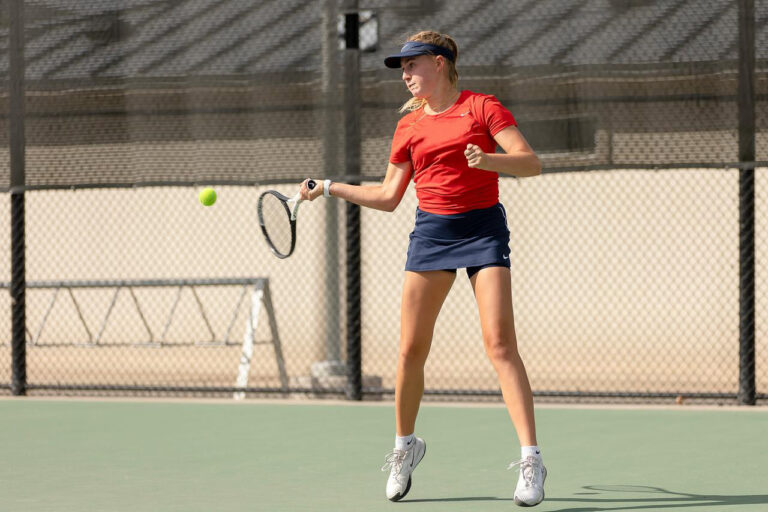
Throughout the years of being a student-athlete, you learn the rhythm, accountability, and what is expected of you during both the fall and spring. Hard work becomes normality, and you start to thrive in the excitement and dedication that goes into a college sports team.
Another key memory for Lilly was the connections she made as a university athlete. Training alongside the men’s tennis team, living near the girls on the volleyball team, or being in the student-athlete study hall and surrounded by fellow student-athletes, all wearing the school gear.
Lilly said, “The community you build and become a part of as a student-athlete at college is like no other. You bond and get to know so many like-minded and dedicated athletes who are going through the same lifestyle and experiences as you. You are proud to wear the logo.”
Many junior sports are very individual, but when you get to university in the USA, you become part of a team. This pushes you harder to give your all, not only for yourself but also for your teammates and coaches.
Health and Performance Tips for University Athletes
What do you need? How do you personally prepare for matches or tough weeks?
Colleges and universities in the USA have some of the best facilities and resources for athletes, including weight rooms, sports pitches, training rooms, rehab facilities, and food courts. As a student-athlete, you are never far from fulfilling a need.
During your main competitive season, it is crucial to maintain a healthy body and mind, keeping injuries at bay. We highly advise student-athletes to maintain honest and regular communication with teachers, coaches, and training staff.
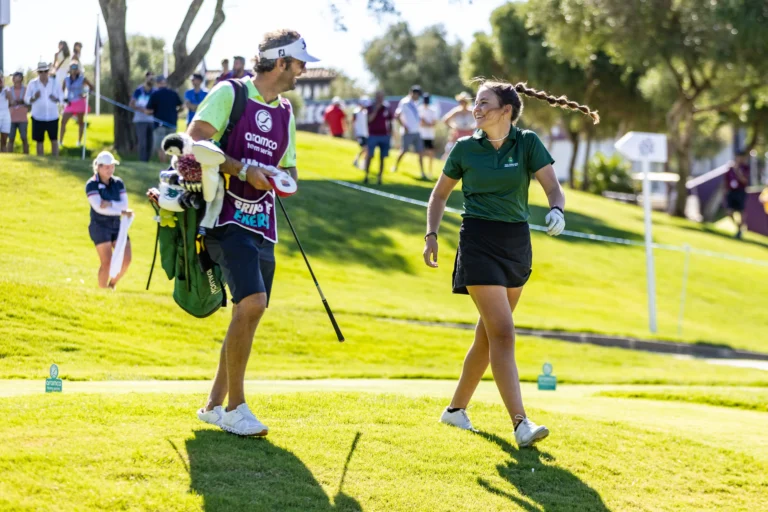
If you feel any pain, speak up and seek treatment to keep your body injury-free. Extra stretching sessions or rehab treatments for a few weeks can prevent you from spending months out of competition.
When facing multiple fixtures per week, sleep and nutrition are key to success. They support high energy, concentration, and recovery. With daily practice sessions, often in high temperatures, hydration and nutrition are fundamental to maintaining good health and performance.
As an athlete, you need to be in good shape. Consuming a well-rounded diet that meets your body’s macro- and micronutrient needs will provide necessary energy levels and aid in muscle repair and recovery after hard practice sessions and long matches.
Performance Program – Your Support to Excel as a Student-Athlete
At Keystone Sports, we understand the unique demands you face as a student-athlete. Balancing academics and sports while striving to perform at your peak can be challenging. That’s why we created the Keystone Sports Performance Program.
Developed by Dr. Darren Treasure, an expert in Sports Psychology, and Clive Brewer, an expert in Athletic Performance and Athlete Development, our program is designed for student-athletes’ success.
Our program offers a comprehensive approach, covering athletic and mental performance, along with lifestyle guidance. Whether you’re gearing up for competition or preparing during the off-season, our program’s experts provide the tools and techniques to help you excel. Request more info about the program via the link below!
Curious about the two renowned experts behind the Keystone Sports Performance Program? Read the full article about the launch of the program and learn more about Clive Brewer and Dr. Darren Treasure.
Share this article:

About the author
Immie Cowper
After graduating from UNC Charlotte with a bachelor’s in psychology, Immie returned to Europe and completed a master’s in Sport Psychology from the German Sport University. Throughout her time playing sport, Immie developed her passion of helping others and the importance of prioritising the balance between physical and mental wellbeing. Now as a Placement Specialist at Keystone Sports, Immie is able to guide upcoming talented athletes to find opportunities where they will be thriving on the sports field, in the classroom, and in their personal lives.
More related articles

Wellbeing and mental health in student athletes
Mental health in sports is an important topic receiving more and more attention today due to its impact on overall wellbeing. Immie from Keystone Sports Germany explains further the various aspects of mental health in student athletes.

Why You Should Play Summer League Football in the USA
The Summer League is in full swing with matches and tournaments happening all over America. But what is the Summer League, and what are the benefits of participating in it as a university football player?
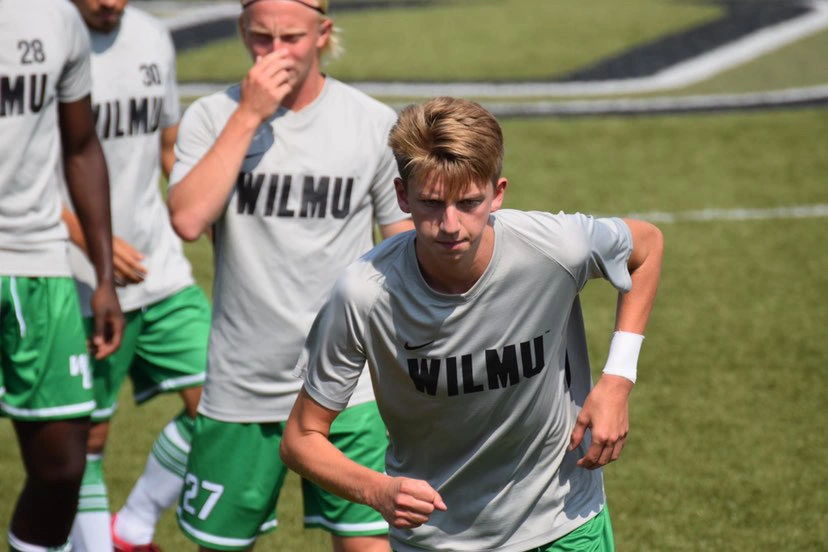
How to Be Best Prepared for the Football Season as a University Player
Ready to excel in the upcoming football season? Marius from Keystone Sports Nordics guides you through the key strategies for optimal pre-season preparation. Learn how to stay in shape off-season and make a strong start for a successful season!

